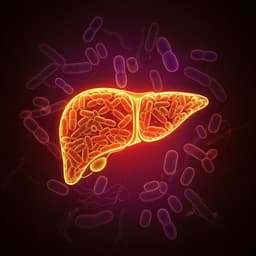
Engineering and Technology
Time limited self-organised criticality in the high rate deformation of face centred cubic metals
L. Lea, L. Brown, et al.
Discover groundbreaking research by Lewis Lea, Lawrence Brown, and Andrew Jardine at The Cavendish Laboratory, as they unveil the intricacies of high strain rate plasticity in FCC metals. Their innovative approach connects structural changes in strength with avalanche plasticity theory, reshaping our understanding of material behavior at extreme rates.
Playback language: English
Related Publications
Explore these studies to deepen your understanding of the subject.







